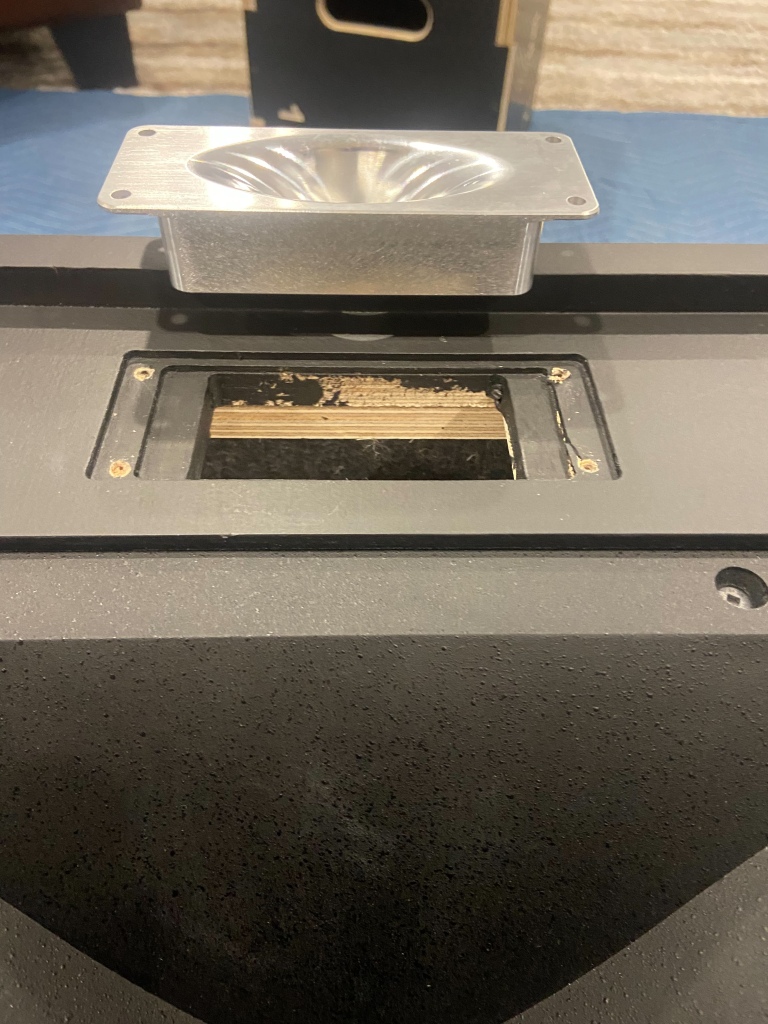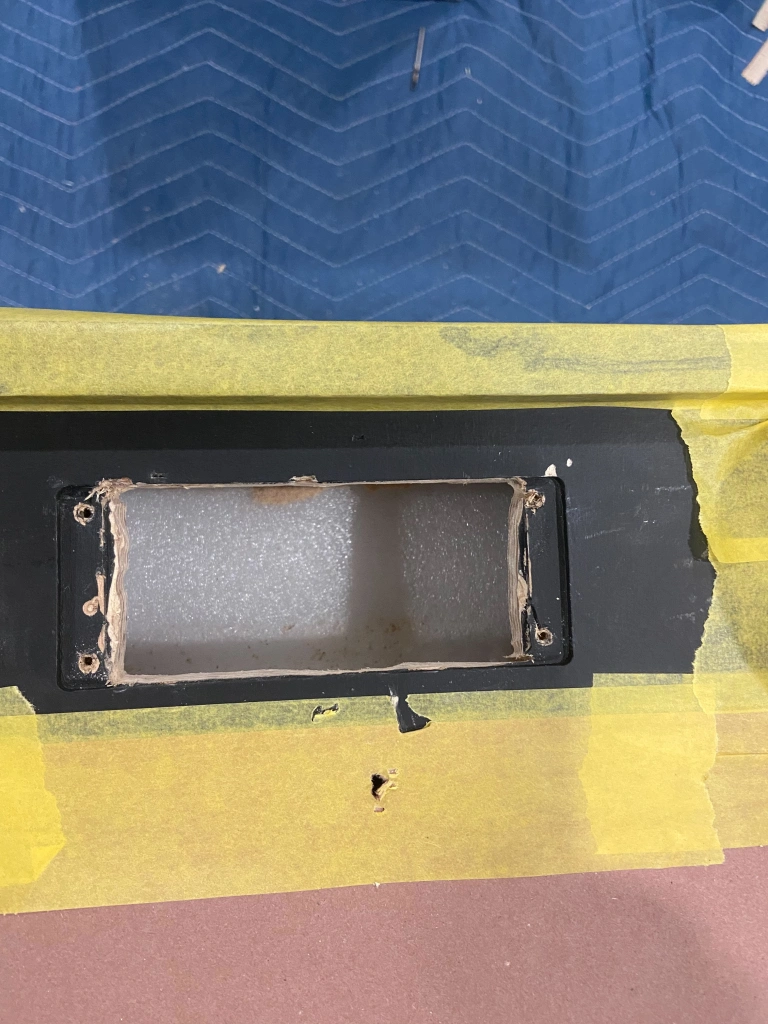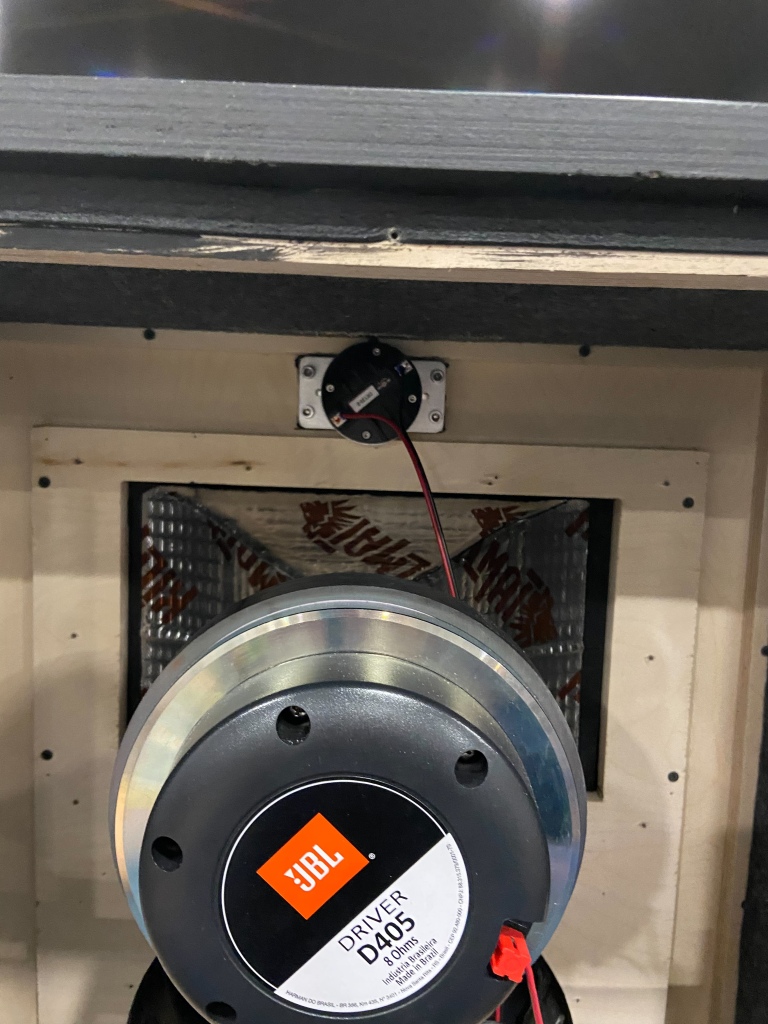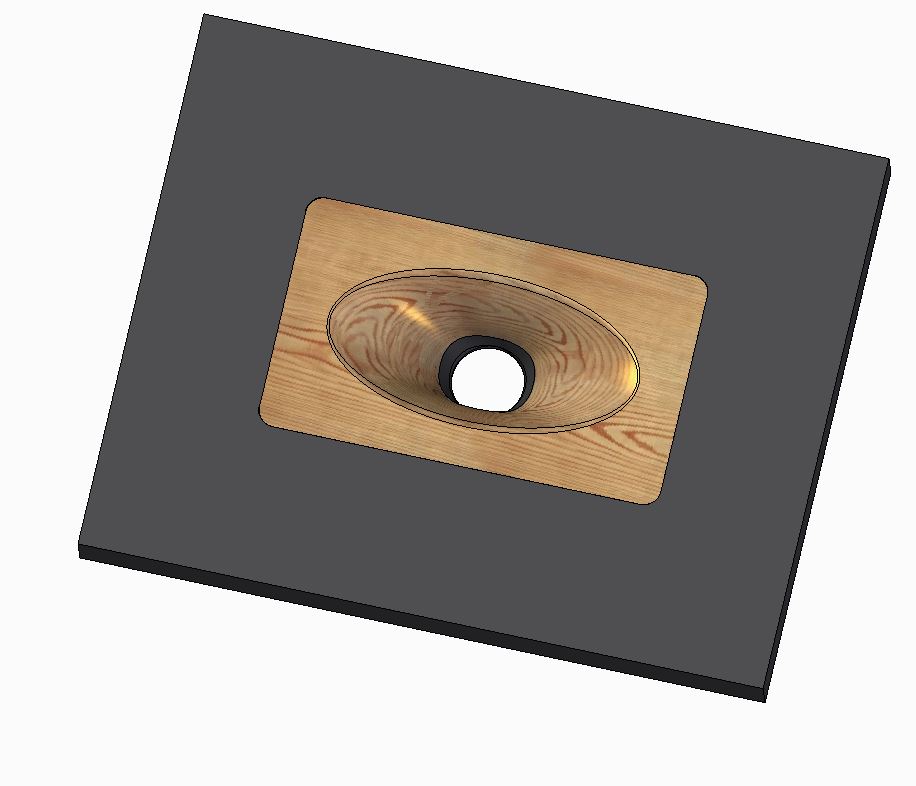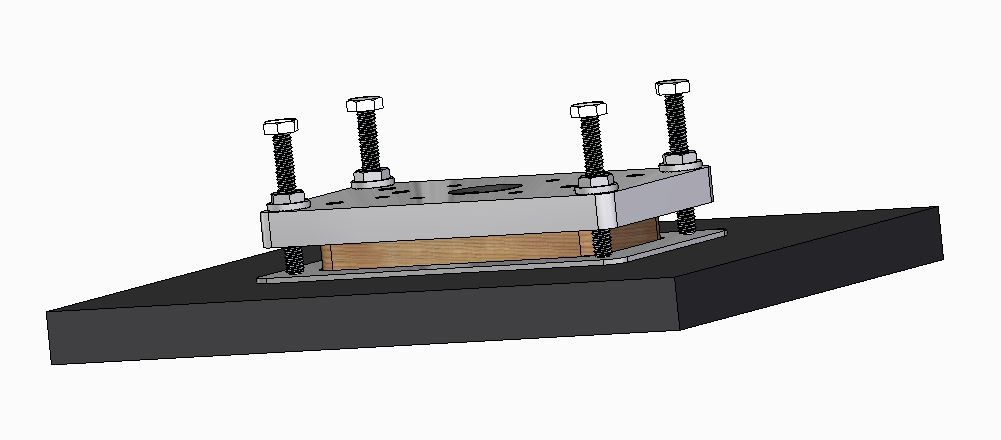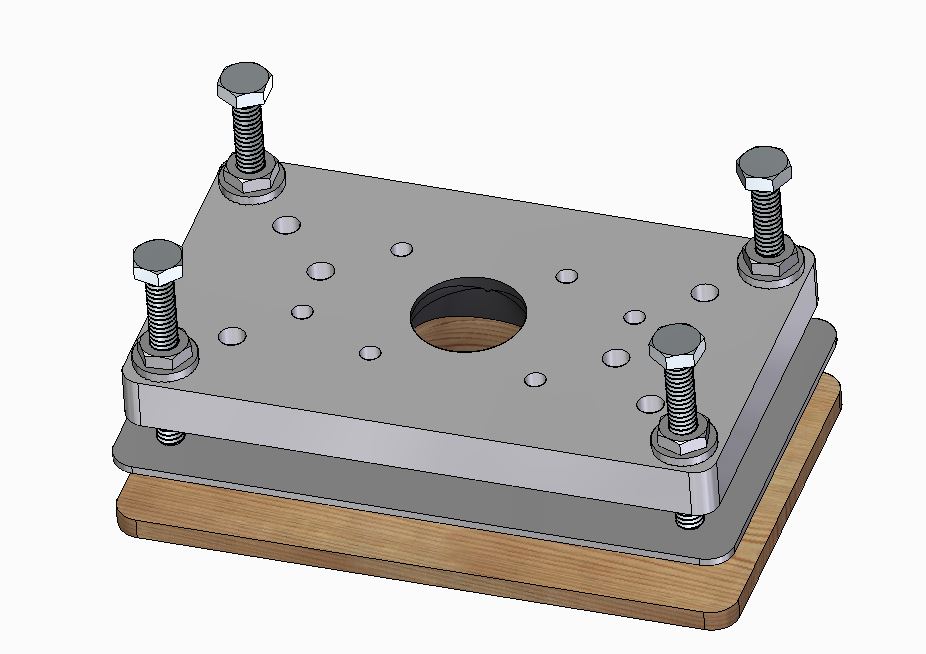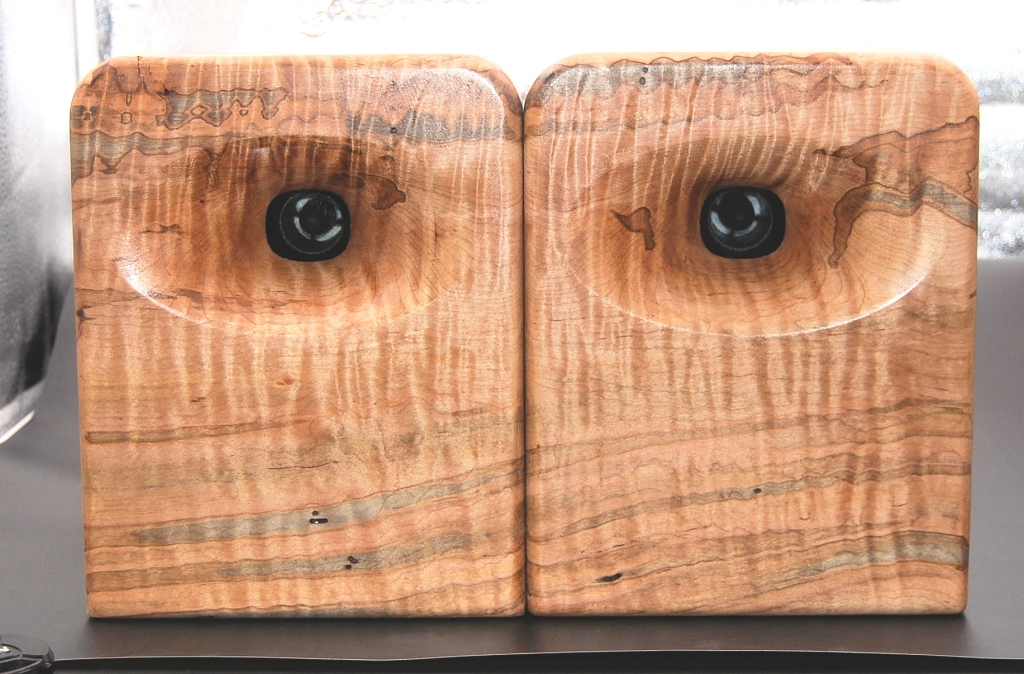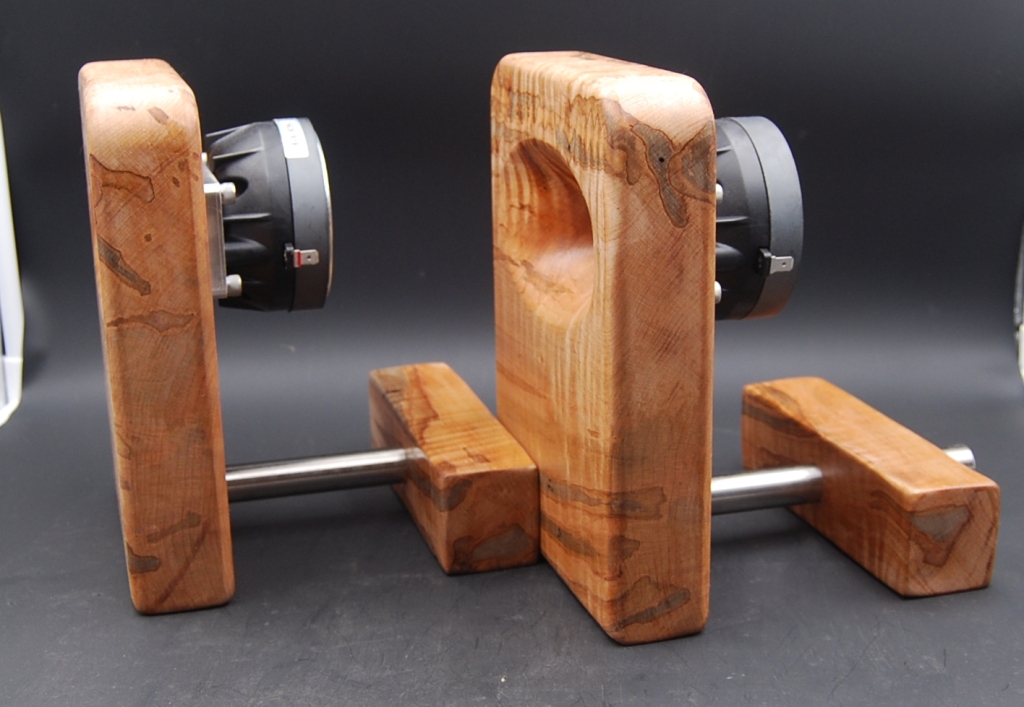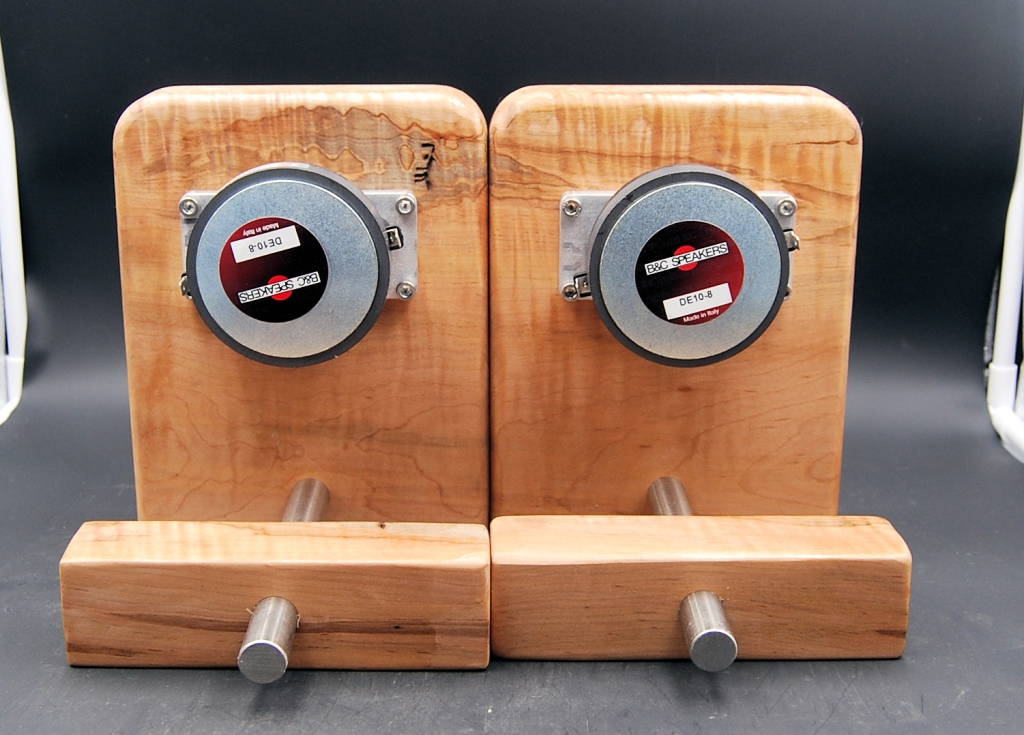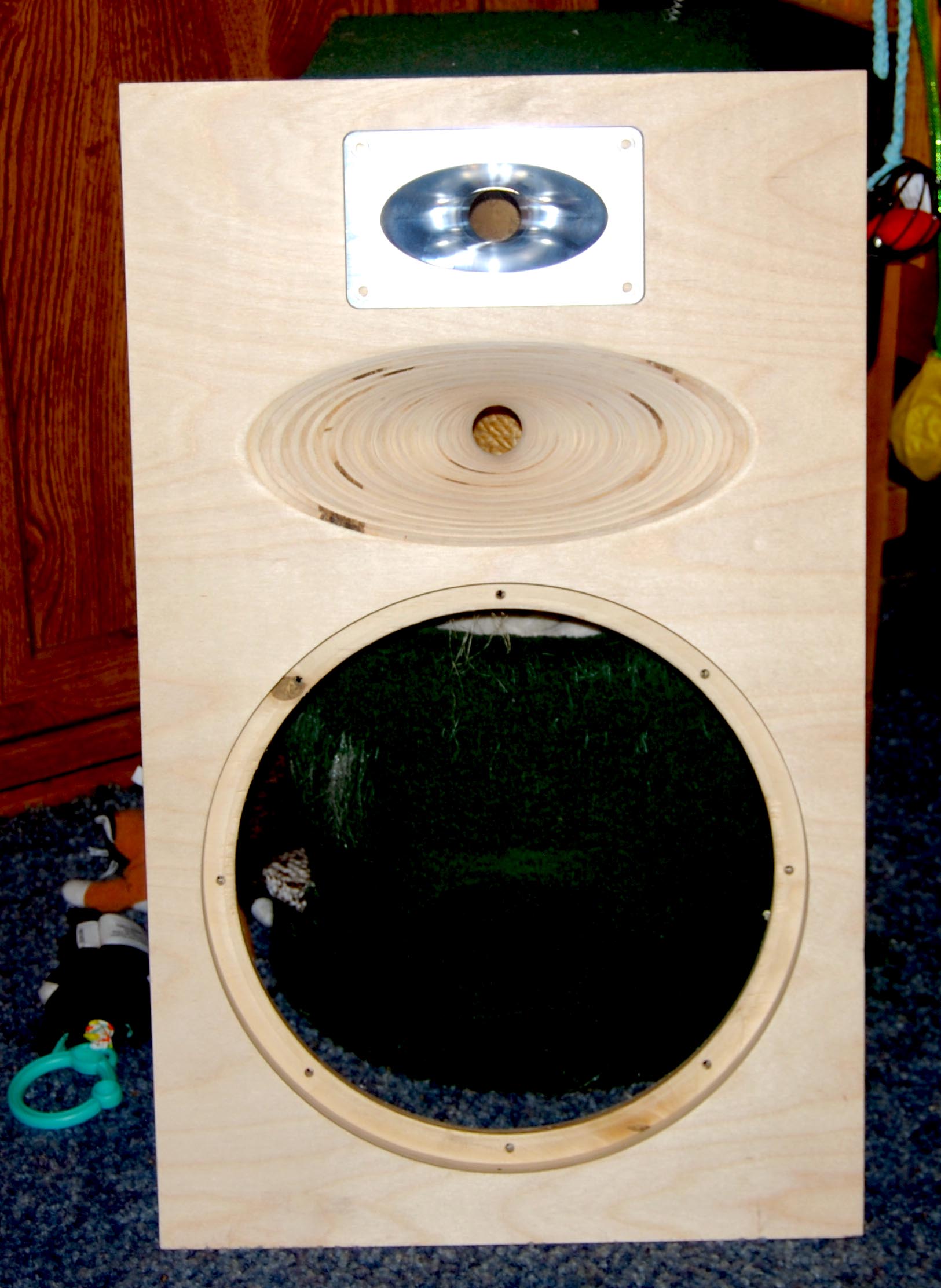There are times when I get people who want to buy just a set of SMAHL lenses from me, which of course I am delighted to do. However for the sake of avoiding bad choices on the buyers part I am learning to ask questions about intended use. Perhaps the most common one is what driver do you intend to use.
I think some make assumptions about their K-77’s without ever having taken them apart. They just assume I guess that everything fits everything because it will save them money by reusing that old dog barker K-77 magnet and diaphragm assemble.
Now I think it is time to explain something here before I go any further. Why would you want to reuse any part of these old Klipsch tweeters is beyond me. Whether it is the Ti diaphragm bandage on the 2.5cm lens like those on a Forte or Chorus or Cornwall 2 and on, or thinking that you can reuse the old magnet assemblies, even if you could which you can’t though, why? Why take inferior parts of old designs long since passed by with current state of the art designs which sound much better, and cripple new parts with bad pieces.
In the case of the Ti diaphragms you still have that old horn and magnet and phase plug. All you have done is refresh the OEM diaphragm with one that will sound shrill and tinny and are not cheap. It might sound better then the old one did but replacing worthless with bad is not an option I would choose. I had one set of those Ti diaphragms and that mess was part of what led me to designing the MAHL’s to begin with. I thought they were awful and listed them on EBay right away.
In any case though I digress and back to the dog barker. It is time to talk about that money saving idea of reusing the K-77 parts. Here is the clamp plate in position with the face that the drivers mount onto. This clamp plate has three hole patterns for commonly available current drivers.
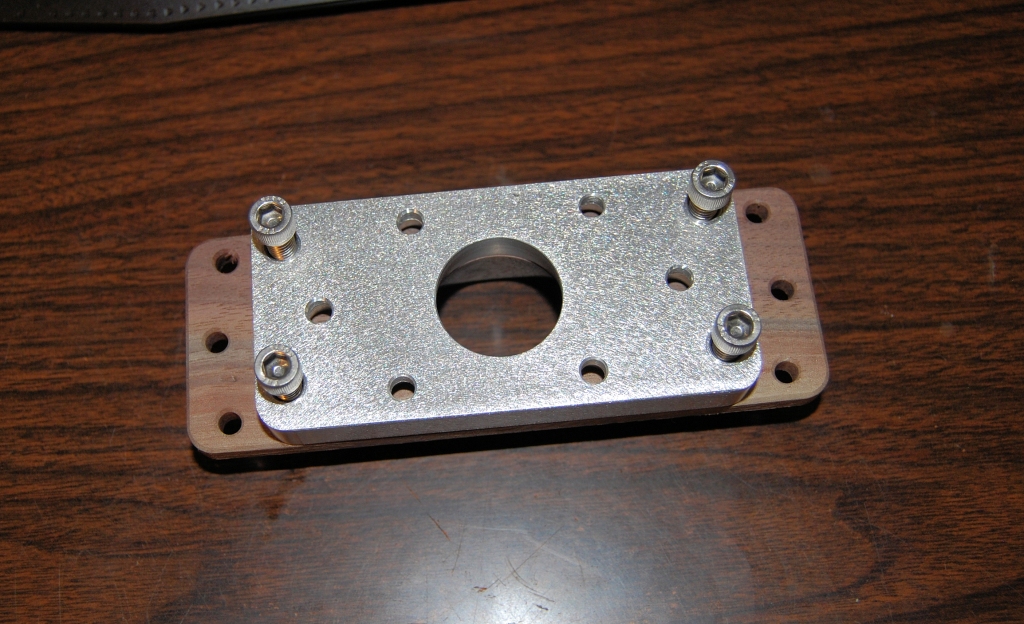
Here is the base of the magnet assembly and the diaphragm is in behind the bug screen. Lots of these old K-77 drivers go bad because they are 5 watt drivers and subject to power problems far more readily then the DE-120 drivers which are 20 watts. Notice the raised boss on the bottom which will only fit
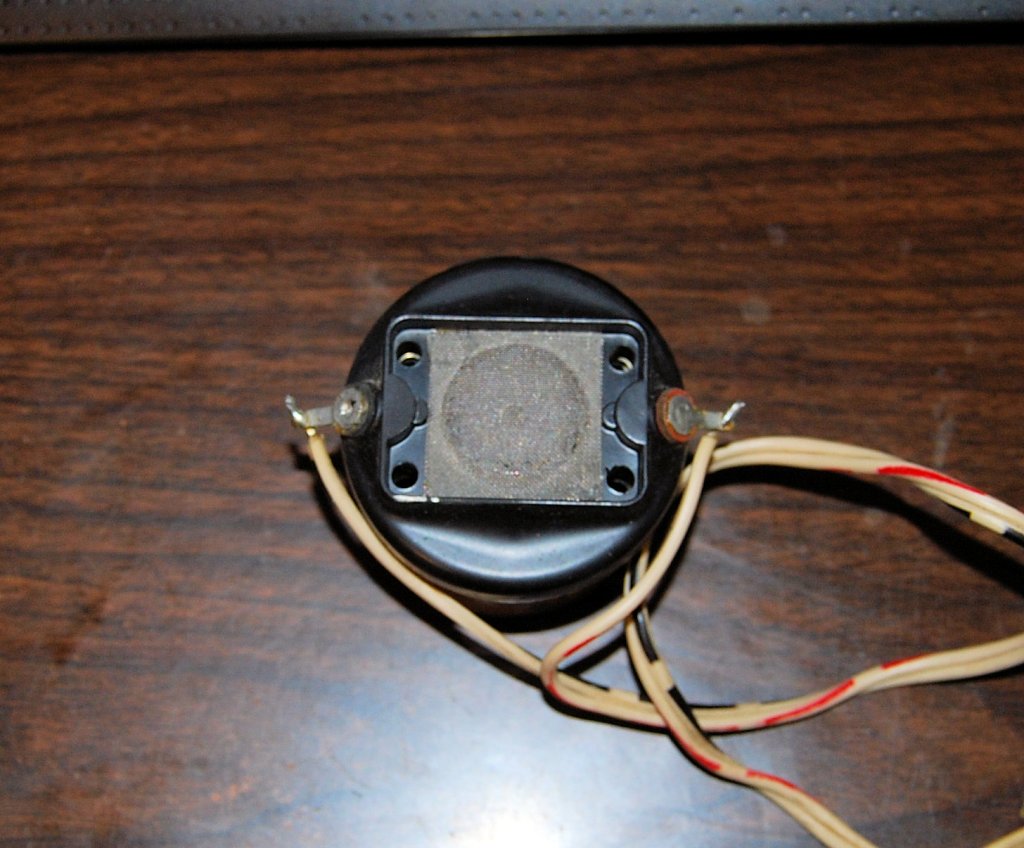
This old diecast zinc horn lens with it’s design which was not changed or updated in any significant way for over 40 years. I have a couple of the old late 60’s chrome plated EV-35’s in my cabinet with the same exact horn as the K-77’s used all the way through the early 2000’s. Time and technology passed these poor things by and Klipsch could have cared less because of tradition. Customers have been buying these for a long time so why change was the corporate philosophy I guess.
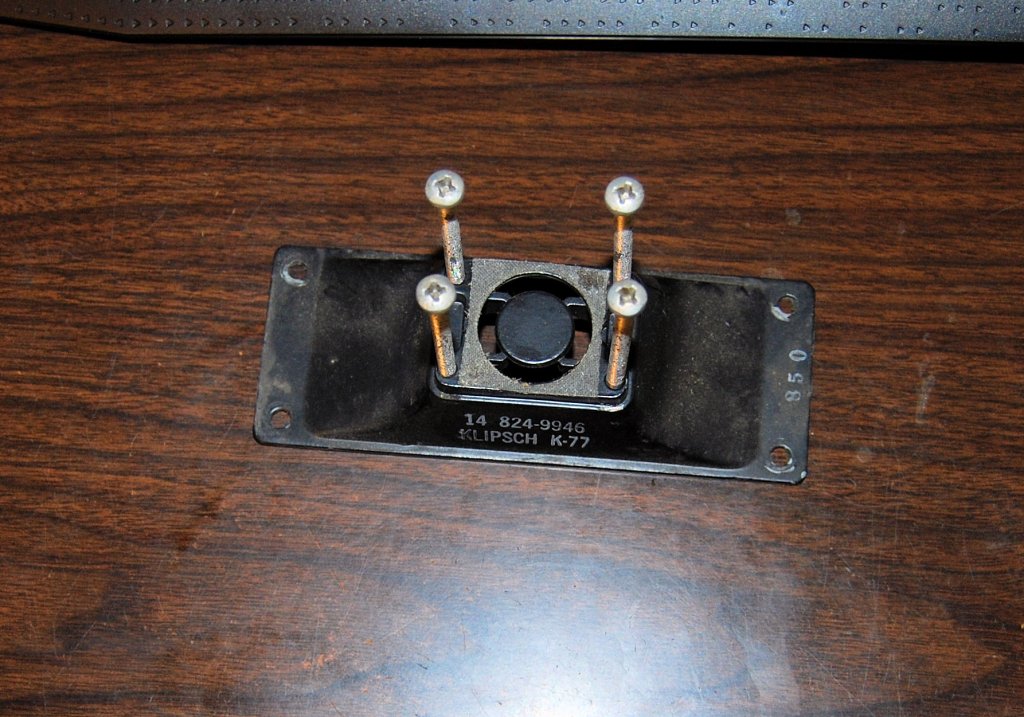
There is no way to make this stuff work with SMAHL’s. I do not intend to ever make an adapter to allow for doing so either because this bad sound set of parts was what led me to looking elsewhere to begin with.
Another thing that comes up once in a while is substitute drivers for the DE-120. The number of drivers that will actually fit the restricted spot the K-77 went into are very few. I was asked this week again about using DE-10 drivers on the SMAHL. Yes while there is a hole set there for those bolt patterns the DE-10 is much to large in diameter to ever fit your old La Scala or Heresy or K-Horn on Klipsch OEM cabinets.
I am amazed at the durability of the older Klipsch plywood Heritage speakers and with the replacement of crossover caps that need changing and ditching those crummy old tweeters those Klipsch speakers can readily be made much better sounding and will last you a lifetime.

